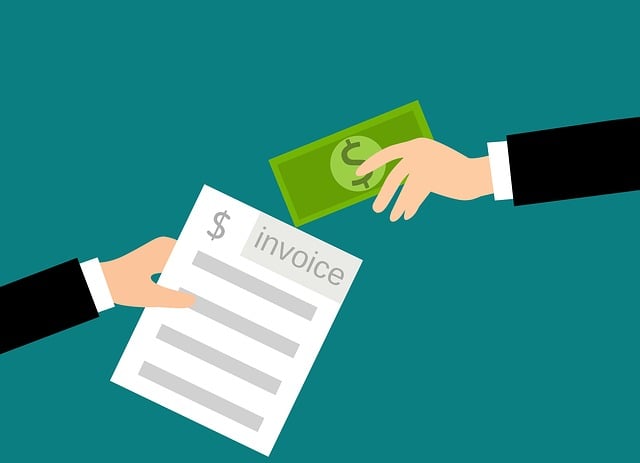Businesses aiming for efficient cash flow management and financial goals should consider factoring, a process of selling invoices at a discount to third-party funders (factors). Choosing the right factoring method, such as full-service or non-recourse, is crucial. This involves evaluating cash flow challenges, setting goals, identifying high-priority accounts receivable, researching factors, and establishing secure communication. The best approach depends on business nature, invoice value, and desired cash flow cycle, ensuring optimal liquidity management and sustained growth by maximizing factoring benefits.
Looking to supercharge your business’s cash flow? Discover how factoring strategies can help you unlock immediate liquidity and optimize financial management. This comprehensive guide breaks down the ins and outs of factoring, guiding you through different approaches to find the perfect fit for your needs. Learn which factoring approach offers the best returns on investment and implement a step-by-step plan for seamless transition, ensuring steady cash flow and business growth.
- Understanding Factoring: Unlocking Cash Flow Potential
- Navigating Factoring Approaches: Which One is Right for You?
- Implementing the Chosen Factoring Strategy: A Step-by-Step Guide
Understanding Factoring: Unlocking Cash Flow Potential

Understanding factoring is crucial for businesses looking to optimize cash flow and unlock their financial potential. In simple terms, factoring involves selling invoices or accounts receivable at a discount to a third-party funder, known as a factor. This immediate infusion of cash allows businesses, especially those with slow-paying customers or seasonal fluctuations, to meet their short-term financial obligations and growth goals.
Choosing the right factoring approach is essential for maximizing benefits. There are different types of factoring, each catering to specific business needs. For instance, full-service factoring handles every aspect from invoicing to collections, while non-recourse factoring offers more control but requires businesses to manage their own accounts receivable. By carefully assessing their cash flow challenges and goals, companies can select the factoring method that best suits their operations, ensuring efficient liquidity management and sustained growth.
Navigating Factoring Approaches: Which One is Right for You?

When considering optimizing cash flow through factoring strategies, the first step is understanding the various approaches available. The key is to choose a factoring approach that aligns with your business model and financial needs. Different types of factoring include accounts receivable financing, where you sell outstanding invoices to a factor for immediate funding; spot factoring, which offers quick cash but typically lower rates; and confirmation factoring, suitable for high-risk industries as it involves the factor verifying each invoice before purchase.
Each method has its advantages and disadvantages, with considerations such as interest rates, terms, and reporting requirements varying widely. For instance, accounts receivable financing provides a line of credit based on your outstanding invoices, ideal for consistent cash flow needs. Spot factoring is best for immediate capital requirements, while confirmation factoring can help manage risk in volatile markets or industries. The choose factoring approach that’s right for you depends on factors like the nature of your business, invoice value, and desired cash flow cycle.
Implementing the Chosen Factoring Strategy: A Step-by-Step Guide

When implementing your chosen factoring strategy, start by thoroughly evaluating your business’s financial situation and goals. Identify which types of accounts receivable are most in need of factoring and estimate the potential benefits based on your average sales cycle and collection times. Next, research and compare different factoring companies, focusing on their fees, terms, and customer service reputation to find one that aligns with your needs.
Once you’ve selected a factor, establish clear lines of communication regarding invoicing, payment processing, and reporting. Set up accounts for the factor to access necessary financial data securely. Follow their guidelines for submitting invoices and ensuring accurate tracking of receivables. Regularly review performance metrics like days sales outstanding (DSO) and cash flow projections to optimize your factoring strategy over time.
